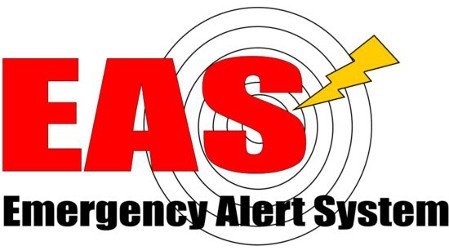Advisory Group Issues Recommendations for Improving IPAWS
WASHINGTON—The National Advisory Council (NAC) took a good hard look at the nation’s emergency alerting system and issued a set of 14 recommendations at its last session designed to identify areas of concern and opportunities for improvement.

The report, called “Modernizing the Nation’s Public Alert and Warning System” and issued on Feb. 15, broke its primary proposals into five themes related to IPAWS and emergency alerting:
- Improving Alerting Authorities’ Ability to Transmit Effective Alerts;
- Improving Public and Congressional Understanding of Emergency Alerting;
- Optimizing Technology;
- Identifying and Adopting Current and Future Technologies; and
- Initiating Cross-Functional Management and Administration of IPAWS
Each recommendation also included a timeline for estimated implementation of these new priorities and a checklist of things to consider.
There are a few clear themes that pop up across all 14 proposed themes. One of those is that it’s vital for the alerting community to establish a series of best practice procedures across all levels of the emergency alerting strata. Another is that there needs to be an additional effort placed on educating the public about alerting and how individuals should respond in case of an emergency.
For example, the top recommendation under the theme “Optimizing Technology” is that FEMA must lead the development of a comprehensive standard set of communication tools—be they visual images, pictograms, transcripts or captioning—so that a diverse population can easily understand an alert.
This is even more important as populations become increasingly diverse; it’s paramount that IPAWS ensure that people with disabilities and those with limited English proficiency receive and comprehend alerts in a timely manner, the report said. The report noted that uneven distribution of alerts in various languages was an issue during the 2018 Northern California wildfires.
“Local agencies, which originate most alerts, vary widely in their capacity to generate alerts in languages other than English,” said California’s Office of Emergency Services. That fire destroyed 18,000 structures and killed 86 people. “In many cases, this capability varies depending on which language-skilled staff happens to be on duty when an alert is required.” The report proposed, as an example, that FEMA develop a nationwide, standardized hazard symbol set for use by alert originators and for public outreach.
Get the TV Tech Newsletter
The professional video industry's #1 source for news, trends and product and tech information. Sign up below.
The report also proposed that FEMA develop a policy for redundant alert origination as noted in the section “Identifying and Adopting Current and Future Technologies.”
“Considering that a jurisdiction’s primary alerting capability can be compromised and/or fail during a catastrophic event, alternate alert origination is a critical life-saving capability,” the report said, pointing to the malfunctioning of the part of the alert system in Texas during Hurricane Harvey and the damage caused to the communications infrastructure in the Caribbean islands during Hurricane Maria. In the later case, emergency management officials were unable to issue a WEA alert to notify residents of where to find shelter, food and water.
The complete report includes details on estimated implementation time and key considerations for each proposal, such as staffing needs and equipment requirements.
Susan Ashworth is the former editor of TV Technology. In addition to her work covering the broadcast television industry, she has served as editor of two housing finance magazines and written about topics as varied as education, radio, chess, music and sports. Outside of her life as a writer, she recently served as president of a local nonprofit organization supporting girls in baseball.

